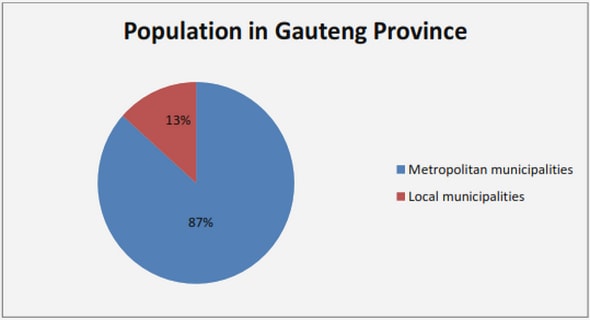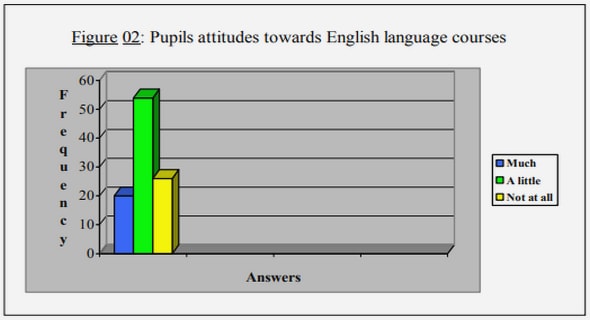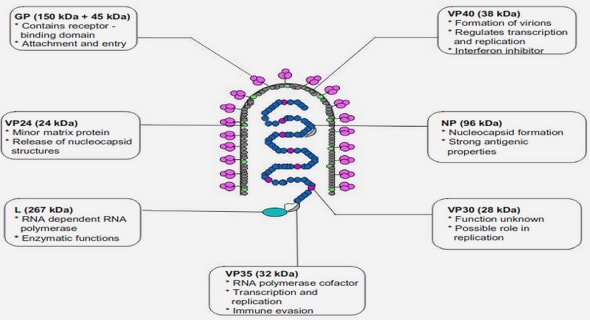Get Complete Project Material File(s) Now! »
Hyper-stability and SW self-selectivity
The main motivation for studying hyper-stability is that full preferences over outcomes are hardly known in practice. Another motivation stems from its close relationship with self-selectivity. Self-selectivity is defined by Koray (2000) for a neutral social choice func-tion (SCF).10 Suppose that the society has to choose one alternative among finitely many, as well as the SCF itself. Moreover, suppose that given individual preferences over alter-natives, individuals compare SCFs by considering only their respective outcomes. Ac-cording to this consequentialist principle, initial preferences over alternatives naturally extend to preferences over SCFs: consider any finite subset G of neutral SCFs together with a profile PN = (P1, …, Pn) 2 L(Am)n ; define for all i = 1, …, n the weak order R(Pi) over G by: 8F, G 2 G, F R+(Pi) G , F(PN ) Pi G(PN ), and F R⇠(Pi) G , F(PN ) = G(PN ), where R+(Pi) (resp. R⇠(Pi)) is the asymmetric (resp. symmetric) part of R(Pi). It follows that PN induces a dual profile of weak orders RGN = (R(P1), …, R(Pn)) over G. Self-selectivity holds for an SCF F if, at any profile over alternatives, F selects itself at some linear extension of the dual profile over any finite set of SCFs. Formally, F is self-selective if for all m, n 2 N, for all PN 2 L(A m)n and for all finite subsets G of neu-tral SCFs with F 2 G, there exists a linear extension PeNG of RGN with F(PeNG) = F. Koray (2000) proves that, given any fixed size n of the society, a neutral and unanimous SCF is self-selective if and only if it is dictatorial.
Self-selectivity for neutral SWFs can defined along the same lines: at any profile over alternatives, a self-selective SWF ranks itself first among finitely many other SWFs. However, since an SWF provides a weak order, there is no longer a natural duality between preferences over alternatives and preferences over SWFs. In order to make the consequentialist principle meaningful, we need to connect both preference levels by means of a preference extension. It follows that self-selectivity is defined conditional to some domain of preference extensions. This last point is the major difference between the SCF and the SWF settings: choosing preference extensions brings an extra degree of freedom in the analysis, which may allow to escape from Koray’s impossibility result. We formalize self-selectivity for SWFs as follows. An SWF a is called strict if for all n, m 2 N and all PN 2 L(Am)n, one has a(PN ) 2 L(Am). A linearization of SWF a is a strict SWF a⇤ such that for all n, m 2 N, for all a, b 2 Am and for all PN 2 L(Am), a a⇤(PN ) b implies a a(PN ) b. The set of all linearizations of a is denoted by L(a). Pick up a profile PN = (P1, …, Pn) 2 L(Am)n together with a domain E, and consider any finite subset A = {a1, …, aK } of neutral SWFs. A strict selection of A is a subset A⇤ = {a1⇤, …, a⇤K } of linearizations of a1, …, aK. For all 1 i n, define the weak order A⇤ over A ⇤ by: 8 1 k, k0 K, a⇤ A⇤ a⇤ , a⇤(P ) e (P ) a⇤ (P ), and a⇤ A⇤ ⌫Pi k Pi k0 k N i i k0 N k ⇠Pi ak⇤0 , ak⇤(PN ) = ak⇤0 (PN ) for some (e1, …, en) 2 En. Thus, as for SCFs, PN together with E = (e1, …, en) 2 En induces a dual profile of weak orders RENA⇤ = (⌫AP1⇤ , …, ⌫APn⇤ ) over A ⇤.
condorcet social welfare functions
We turn now to the analysis of Condorcet SWFs. We start with some additional notations and definitions. Given a profile PN 2 L(Am)n, where n is odd, the majority tournament for PN is the complete and asymmetric binary relation µ(PN ) defined over Am ⇥ Am by: 8(x, y) 2 Am ⇥ Am, x µ(PN ) y , |{i 2 N : xPiy}| > |{i 2 N : yPi x}|. A SWF a is Condorcet if, for any m 2 N, for any n 2 2N + 1, and for any profile PN 2 L(Am)n, we have a(PN ) = µ(PN ) if µ(PN ) 2 L(Am). We prove below the existence of a neutral Condorcet SWF that is hyper-stable for B. Beforehand, we show that three well-known neutral Condorcet SWFs violate Kemeny stability. The Copeland solution is the SWF j defined by: 8m 2 N, 8n 2 2N + 1, 8 PN 2 L(Am)n, 8x, y 2 Am, x j(PN ) y , c(x, PN ) c(y, PN ), where c(x, PN ) = |{z 2 Am : x µ(PN ) z}|. Consider the following profile PN together with the linear extension P˙N of PNK.
Conditions on Polarization Measures
We first impose a regularity condition on polarization measures to normalize between 0 and 1. The former value is attained by profiles wherein each individual has the same preferences, i.e., a unanimous profile. In this regard, we see the maximal consensus as a case of minimal polarization. However, we furthermore restrict the maximally polarized case. The profiles (with even number of individuals) where half of the individuals have a preference R and the rest have R, for some R 2 L are considered to be the maximally polarized profiles.
Regularity : Y(p) 2 [0, 1] for all p 2 LN and furthermore Y(RN ) = 0 and Y(RN1 , ( R)N2 ) = 1 for all preferences R and all finite and nonempty sets N1 and N2 of individuals such that N1 and N2 are disjoint and equal in size, i.e., #N1 = #N2. Neutrality is a standard property in social choice. In this context, it requires that a renaming of the alternatives does not change the polarization level. Neutrality : Y(p) = Y(pp) for all permutations p on A and all profiles p. The following condition requires that when societies are replicated by some positive integer, the polarization is unchanged. Note that this also implies anonymity, i.e., renam-ing the individuals does not change the polarization level. Formally: Replication invariance : Y(pk) = Y(p) for all positive integers k, and all profiles p. Finally, we introduce our final condition which we call support independence. This condition requires that selementary changes in favor of an alternative that has a majori-tarian support against another lead to identical changes in polarization across profiles. For instance, if a majority of individuals agree that a is better than b in each of the two profiles, then an increase in the support of a over b should lead to the same amount of change in the polarization for both of these profiles.
Table of contents :
i introduction
1 introduction
ii hyper-preferences
2 hyper-stability of social welfare functions
2.1 Introduction
2.2 Hyper-stability
2.2.1 Notations and definitions
2.2.2 Preference extensions
2.2.3 Hyper-stability: definition
2.2.4 Hyper-stability and SW self-selectivity
2.3 Scoring rules
2.4 Condorcet social welfare functions
2.5 Discussion
iii polarization
3 an adaptation of esteban-ray polarization measure to social choice
3.1 Introduction and the Model
3.2 Results
4 measuring polarization in preference
4.1 Introduction
4.2 Model
4.2.1 Preliminaries
4.2.2 Conditions on Polarization Measures
4.3 Result
4.4 Conclusion
5 measuringu.s. public opinion polarization
5.1 Introduction
5.2 Literature review
5.3 Measuring Preferential Polarization
5.4 Data and the estimation methodology
5.4.1 Estimation of the DER Measure
5.4.2 Aldrich-McKelvey Scaling
5.4.3 Poole’s Scaling
5.5 Observations on the results
5.6 Conclusion
5.6.1 Limitations of the Framework and Future Work
iv information aggregation
6 the condorcet jury theorem under cognitive hierarchies
6.1 Introduction
6.2 The Model
6.2.1 Endogenous Cognitive Hierarchy Model
6.2.2 A Condorcet Jury Model
6.2.3 Cognitive hierarchy as a model of complexity induced by group size
6.3 Experimental Design
6.3.1 Equilibrium Predictions
6.4 Experimental Results
6.4.1 Individual behavior
6.4.2 Group decision accuracy
6.4.3 Cognitive hierarchy models
6.4.4 Endogenous Cognitive Hierarchy model
6.4.5 Which model fits the best?
6.5 Discussion on ECH and CH models
6.5.1 Perfect substitution
6.5.2 Cournot competition
6.5.3 Keynesian Beauty contest
6.6 Conclusion


